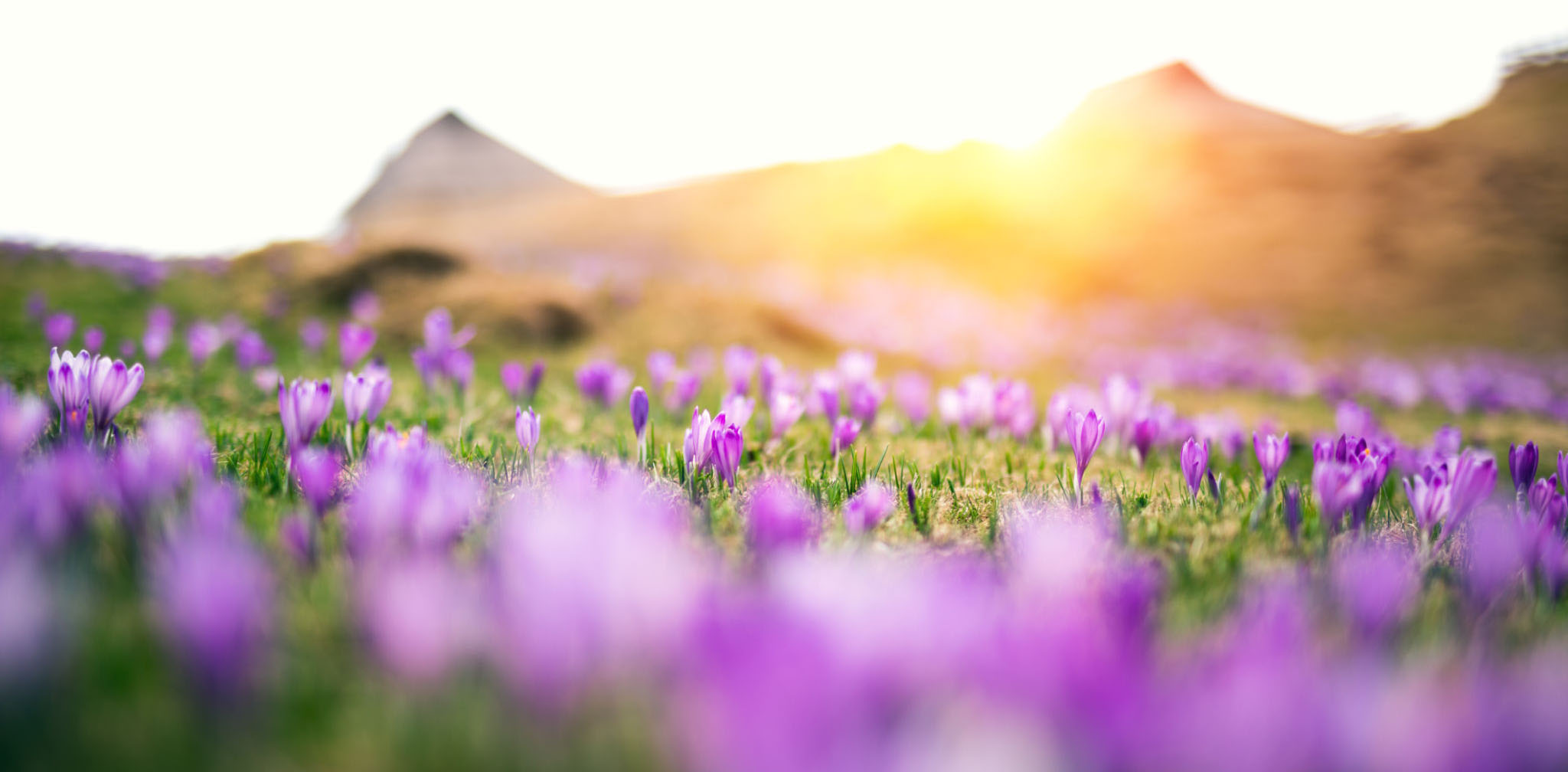Saffron as Food and Medicine
Saffron’s history as a culinary and medicinal plant stretches back to ancient times. It was indicated for breathing difficulties, painful urination, menstrual disorders, and “diseases of the brain” — the last two uses corresponding to some of the best-researched modern applications. Though saffron is best known for its use in traditional Persian medicine, it was also used by the ancient Greeks and Egyptians and the Ayurvedic tradition of India. Its traditional medical indications included cramps, asthma, menstrual conditions, liver disease, and pain. Despite the general conventional saffron uses, modern research has been scarce. Few studies have evaluated its standard benefits, and few current herbal books have included saffron. However, this has changed in the past dozen years, with recent clinical research focusing on Alzheimer’s disease, depression, reproductive health, eye health, weight loss, exercise, and other areas.

Alzheimer’s Disease
Donepezil is one of the most recently approved cholinesterase inhibitors, the leading class of Alzheimer’s drugs. Saffron is found to be as effective as donepezil.
Depression
Saffron was used in traditional Persian medicine for treating depression, and depression is the condition for which saffron has the most substantial scientific support in Iran. In these studies, people with mild to moderate depression were given either antidepressant drugs or 30 mg of saffron stigma extract. At the end of these studies, the saffron group had a significantly more significant improvement in depression.
Reproductive Health
Saffron may reduce some of the sexual dysfunctions caused by antidepressants (SSRIs). According to some studies, subjects taking saffron preparations had significantly greater improvements in specific symptoms than those taking a placebo. Many SSRIs can cause sexual dysfunction, such as decreased desire and arousal. In particular, fluoxetine is associated with reduced sexual desire: 64.3% of women on fluoxetine reportedly experience this symptom. A randomized, double-blind, placebo-controlled study found that saffron can help women suffering from sexual dysfunction induced by fluoxetine. Saffron may also help men suffering from sexual dysfunction caused by SSRIs or not caused by antidepressant drugs.
Diabetes is a major risk factor for Erectile Dysfunction (ED). In a novel study, saffron was shown to help ED when applied topically.
Saffron can help other aspects of reproductive health as well. At least two studies have explored saffron’s efficacy for menstrual conditions. A randomized, double-blind, placebo-controlled study investigated saffron’s ability to alleviate symptoms of PMS.

Eye Health
Another promising area of saffron research is eye health. A leading cause of blindness, glaucoma is caused by increased pressure within the eye, known as intraocular pressure. In a randomized, double-blind, placebo-controlled study, saffron has shown to be effective in terms of reducing intraocular pressure significantly.
Saffron has also been shown to help age-related macular degeneration (AMD) and may cause a significant improvement in mean visual acuity especially contrast and color perception, reading ability, and vision at low light.
Weight Loss
In a less-explored area of research, saffron has demonstrated the ability to reduce snacking and promote weight loss. One randomized, double-blind, placebo-controlled study that lasted eight weeks, shows that the saffron group lost significantly more weight than those in the placebo group. Feelings of satiety increased in the saffron group.
Exercise
Delayed onset muscle soreness (DOMS) is the pain and discomfort that may be felt for a few days after strenuous exercise. It is experienced as stiffness, tenderness, and pain during physical activity. DOMS is problematic for people in training because, aside from the discomfort, it can limit exercise and training. In a randomized, double-blind, placebo-controlled trial, 39 sedentary men were given a placebo, 300 mg of dried saffron powder (plant part not specified), or 75 mg of the NSAID indomethacin for 10 days, starting one week before exercise and continuing for three days after. The researchers concluded that dried saffron is more effective than indomethacin for DOMS.
Systematic Reviews
There have been some systematic reviews of saffron researches. These reviews conclude that there is strong clinical evidence on the efficiency of saffron in treating depression, improving symptoms of PMS, improving fluoxetine-induced sexual dysfunction in men and women, and significantly decreasing lipoprotein oxidation.

Conclusion
The recent research from Iran on this traditionally used plant strongly suggests that saffron, the most expensive spice on the market, may also have significant medicinal value. Additional research on the efficacy of petal extracts, compared to the more commonly used stigma extracts, may lead to more of the botanical being used in medicinal preparations, thus making it more accessible and possibly decreasing the historically high price. If replicated and confirmed by researchers in other countries, this growing body of research could lay the foundation for saffron to take a place among other important medicinal plants used for a variety of physical and psychological conditions.




